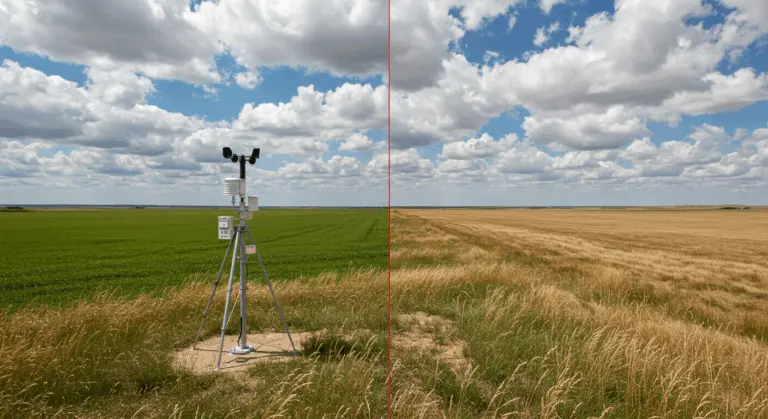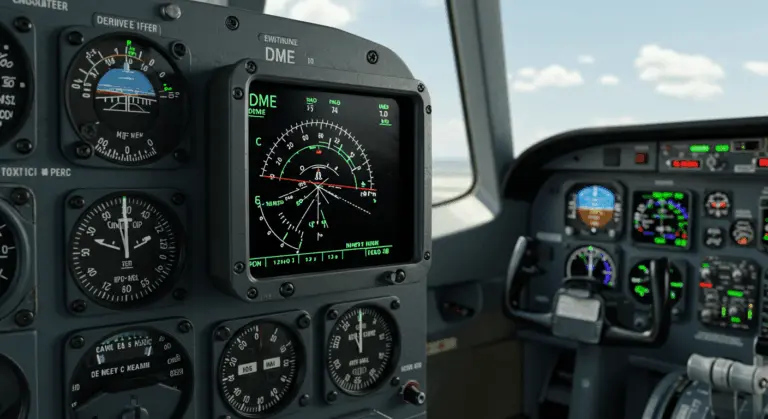Understanding VOR Service Volumes – A Comprehensive Guide
What is VOR and Its Importance in Aviation?
A VHF Omnidirectional Range (VOR) serves as a fundamental component of ground-based navigation, operating on VHF frequencies between 108.0 and 117.95 MHz. These stations broadcast directional signals that enable pilots to determine their precise bearing from the station—essential for pilots when navigating through low visibility conditions or across unfamiliar terrain.
VOR stations create the backbone of established airways. They enable aircraft to trace point-to-point routes accurately. Each station transmits its own unique three-letter identifier in Morse code, allowing positive identification. The system projects radial bearings that reveal a pilot’s direction to or from the station.
Before GPS technology revolutionized aviation, VOR navigation was the primary method for instrument flight rules (IFR) navigation. Signal range fluctuates based on multiple variables—the VOR type, aircraft altitude, and atmospheric conditions affect signal quality.
Types of VOR Service Volumes Explained
VOR service volumes define three-dimensional airspace boundaries within which a VOR station delivers reliable navigation signals. Historically, the FAA organized VOR’s into three distinct categories: Terminal, Low, and High. All service volumes commence at 1,000 feet above ground level (AGL)—to minimize signal interference from terrain and structures.
The FAA is modernizing its classification approach. The legacy Terminal (T), Low (L), and High (H) designations are gradually giving way to two streamlined categories: VOR Low (VS) and VOR High (VH).
Understanding these service volume classifications is essential for effective flight planning. They establish clear boundaries for dependable VOR signal reception—critical for reliable flight planning.
Terminal VOR – Coverage and Usage
Terminal VOR’s (Tors) are designed for navigation near airports. Their key characteristics are:
-
Range: Up to 25 nautical miles from the station.
-
Altitude: From 1,000 feet AGL up to 12,000 feet AGL.
Tors primarily support airport navigation, primarily supporting approach and departure procedures. Their concentrated coverage are well-suited for terminal navigation, where precision becomes paramount during the most critical flight phases.
Their targeted coverage provides the signal strength and reliability needed for terminal operations, where aircraft typically navigate at reduced altitudes and speeds.
Low VOR – Features and Range
Low VOR’s (Loss) are used for en route navigation at lower altitudes and have two classification systems:
-
Legacy (L): Provides coverage up to 40 nautical miles, from 1,000 feet AGL to 18,000 feet AGL.
-
New (VS): Features a two-layered structure:
-
1,000–5,000 ft ATH: Coverage extends to 40 nautical miles.
-
5,000–18,000 ft ATH: Coverage extends to 70 nautical miles.
This innovative layered approach optimizes VOR Low coverage by adjusting coverage to an aircraft’s specific altitude. This improves utility for cross-country flights operating below high-altitude airspace.
High VOR – Extended Coverage
High VOR’s (HVO Rs) provide extensive coverage designed for high-altitude navigation across vast distances:
High VOR’s form the foundation of high-altitude airways, frequently serving as critical waypoints along jet routes. Their sophisticated, altitude-dependent coverage patterns demand that pilots verify they remain within reliable service volumes throughout their journey.
Understanding Standard Service Volumes (SSVs)
VOR navigation requires pilots to decode the wealth of information displayed on aeronautical charts. IFR en route charts—both low and high altitude versions—feature VOR information boxes containing essential station details: frequency, identifier, and service volume classification.
Chart symbology reveals VOR service volumes through letters positioned in parentheses beside each station identifier. Legacy classifications display as (T) for Terminal, (L) for Low, and (H) for High. The modernized system shows (VS) for VOR Low and (VH) for VOR High.
For comprehensive VOR station intelligence, pilots turn to the Chart Supplement (formerly the Airport/Facility Directory). This resource contains comprehensive NAV AID information—operational notes, restrictions, and precise service volume specifications.
The Role of the FAA in VOR Management
The Federal Aviation Administration (FAA) manages, maintenance, and evolution of America’s VOR navigation network. As aviation has pivoted toward satellite-based navigation, the FAA has implemented programs to modernize the VOR infrastructure while preserving navigational reliability.
A key FAA initiative is The Minimum Operational Network (MON). This program maintains a functional VOR infrastructure capable of supporting aircraft navigation when GPS systems fail or face disruption.
Through these modernization initiatives, the FAA balances the transition to satellite-based systems while maintaining a robust ground-based network ensuring redundancy and safety.
Conclusion – The Future of VOR in Aviation
GPS may dominate modern navigation, but VOR remains an indispensable backup system. Its independence from satellite signals ensures navigational capability persists during GPS outages.
The FAA’s Minimum Operational Network (MON) and updated service volumes demonstrate the FAA’s commitment to updating this legacy technology. This ensures pilots will continue to have reliable ground-based navigation options.
VOR will remain part of aviation navigation for decades to come. Its reliability and satellite independence provide important backup navigation, enhancing the resilience of our national airspace system.





